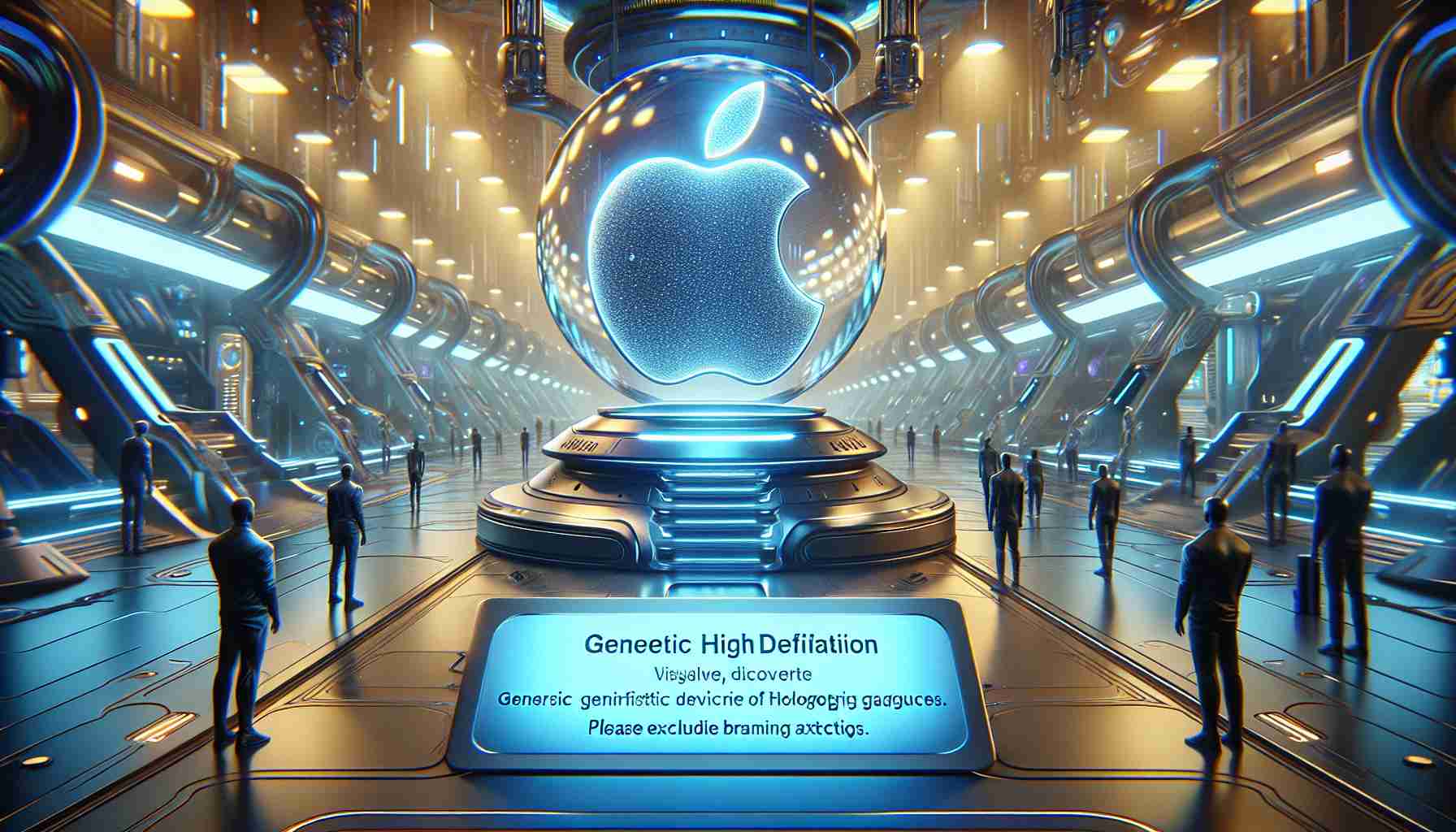The Apple Vision Pro is a revolutionary device that takes user experience to new heights. With its intuitive interface and seamless gesture controls, this technology creates a world that feels straight out of science fiction. From the moment I laid eyes on the Vision Pro, I was captivated by its futuristic design and its ability to respond to natural movements.
The interface of the Vision Pro allows for effortless control, incorporating gestures like tapping fingers together for selection and pinching to zoom. These actions felt like an extension of my own movements, creating a truly seamless user experience. It’s amazing how everything is based on eye-tracking, making every interaction feel intuitive and natural.
During the initial setup, I was introduced to the Digital Crown, a familiar element borrowed from the Apple Watch. With a simple press, the home view appeared, and the icons on the screen reacted to my gaze, creating a magical experience. This immediate and responsive engagement further reinforced the intuitive nature of the interface.
As I explored the capabilities of the Vision Pro, I found myself immersed in a demo photo library that transported me to breathtaking locations like Iceland and the Oregon coast. The ambient lighting dimmed, drawing my attention to the vivid images displayed panoramically. It was truly an amazing experience, as if I was actually standing in these places.
One of the standout features of the Vision Pro is its ability to view spatial photos and videos, adding incredible depth to everyday moments. I found myself watching a family birthday party captured with the Vision Pro and it felt as if I was right there among the celebrating children. The level of immersion and realism was astounding.
The sleek and modern design of the Vision Pro, with its lightweight and comfortable frame, showcased Apple’s attention to detail. The minimal physical buttons enhanced its streamlined appearance, highlighting its advanced gesture and eye-tracking capabilities. The dedicated button for capturing spatial photos and videos added a level of real-world interaction that truly impressed me.
Additionally, the Vision Pro allowed me to manipulate my environment with a turn of the Digital Crown, adjusting immersion levels and exploring digital renditions of places like Mount Hood National Forest. This seamless transition between virtual and reality, all while remaining connected with those around me, truly showcased the device’s integration into personal and social settings.
The entertainment capabilities of the Vision Pro were also striking. Watching 3D movies like “Super Mario Bros. Movie” and “Avatar: The Way of Water” transformed any space into a personal cinema. The high-resolution display and spatial audio created a viewing experience that surpassed traditional setups.
The Apple Vision Pro demo was an awe-inspiring experience that blurred the lines between digital and physical realities. From interacting with virtual butterflies to experiencing close encounters with dinosaurs, the device’s unique capabilities truly opened up a world of possibilities.
In conclusion, the Apple Vision Pro is a remarkable device that offers a glimpse into the future of technology. Its intuitive interface, seamless gesture controls, and immersive capabilities make it a game-changer in the world of spatial computing. I can’t wait to delve deeper into its potential and explore all that it has to offer.
The Apple Vision Pro belongs to the spatial computing industry, which is a rapidly growing sector that combines virtual reality (VR), augmented reality (AR), and mixed reality (MR) technologies. Spatial computing allows users to interact with digital content and virtual environments in a more natural and immersive way.
Market forecasts indicate that the spatial computing industry is poised for significant growth in the coming years. According to a report by MarketsandMarkets, the market size for AR and VR is projected to reach $1,274.4 billion by 2030, with a compound annual growth rate (CAGR) of 42.9% from 2025 to 2030. This growth is driven by the increasing adoption of spatial computing in various sectors, including gaming, entertainment, healthcare, education, and manufacturing.
One of the main issues related to the spatial computing industry is the need for improved hardware and software capabilities. While devices like the Apple Vision Pro offer impressive features, there is still room for advancement in terms of resolution, processing power, and comfort. As technology continues to evolve, industry players are constantly striving to enhance the user experience and overcome technical limitations.
Another challenge for the spatial computing industry is the development of compelling content. In order to drive widespread adoption, there needs to be a wide range of immersive and engaging experiences available to users. Content creators and developers play a crucial role in shaping the success of spatial computing by creating innovative applications, games, and experiences that leverage the full potential of the technology.
For more information about the spatial computing industry and related topics, you can visit MarketsandMarkets, a leading market research firm that provides insights into various industries and emerging technologies. They offer comprehensive reports and forecasts that can give you a deeper understanding of the market trends and opportunities in spatial computing.
